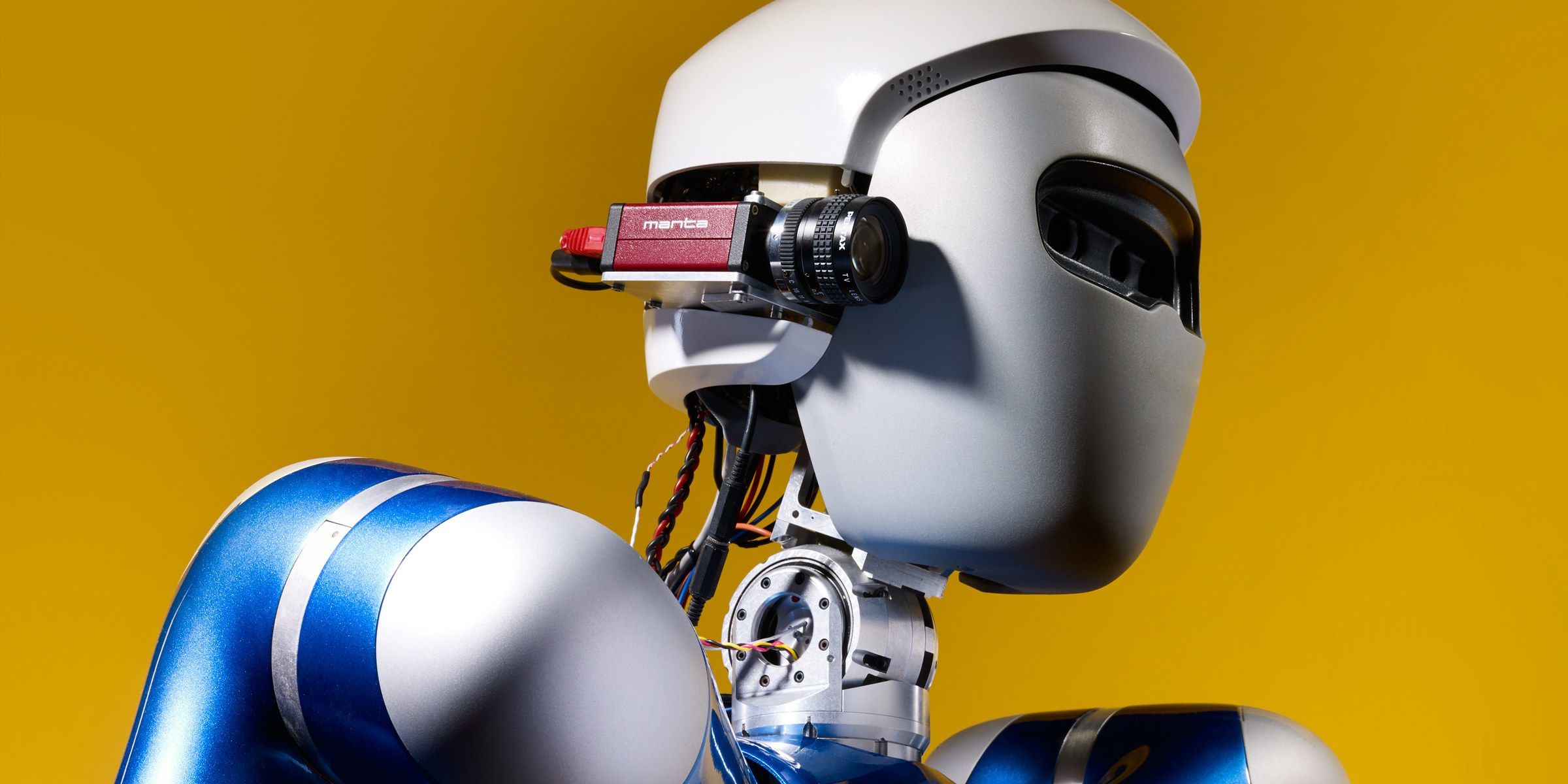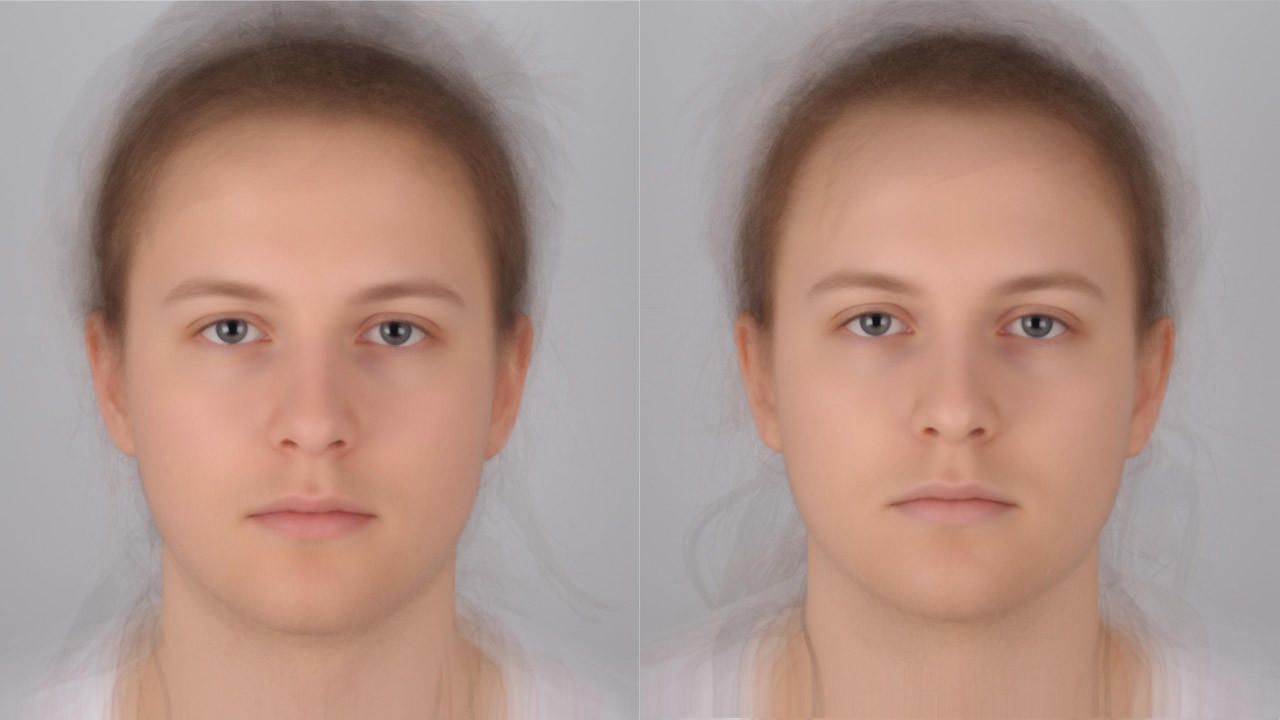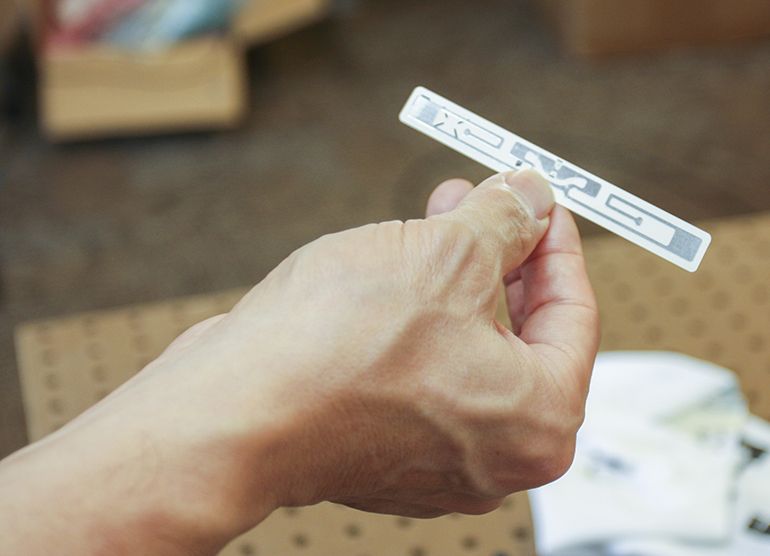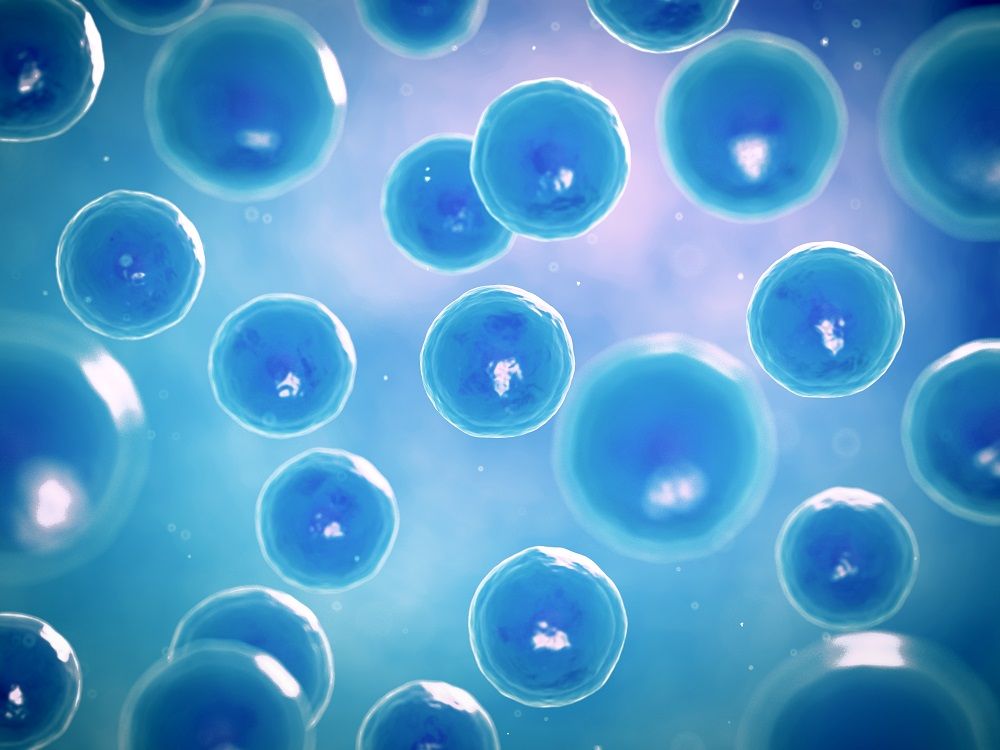Page 10382
Jan 5, 2018
Robomart: Self-Driving Grocery Stores
Posted by Klaus Baldauf in categories: robotics/AI, transportation
Jan 5, 2018
Experiments Show The Effects of a Fourth Spatial Dimension
Posted by Klaus Baldauf in categories: quantum physics, space

We’re used to dealing with three physical dimensions and one extra dimension of time as we move through the Universe, but two teams of scientists have shown that a fourth spatial dimension could reach beyond the limits of up and down, left and right, and forwards and backwards.
As you might expect given this is bending the laws of physics, the experiments involved are partly theoretical and very complex, and touch on our old friend quantum mechanics.
Continue reading “Experiments Show The Effects of a Fourth Spatial Dimension” »
Jan 5, 2018
Even if you don’t know you’re sick yet, your face will give you away
Posted by Genevieve Klien in category: futurism
They say you can’t judge a book by its cover, but humans can judge whether another person is sick by looking at a photo for just a few seconds.
That may not sound remarkable — until you consider that the sick people in the photos were in the very early stages of illnesses. They were participants in a scientific experiment and had agreed to be infected with a bacterium that would cause an inflammatory response. Their portraits were taken just two hours after infection.
Jan 5, 2018
This Modified Engine Allows Any Car to Drive Over 100 MPG
Posted by Shane Hinshaw in category: transportation
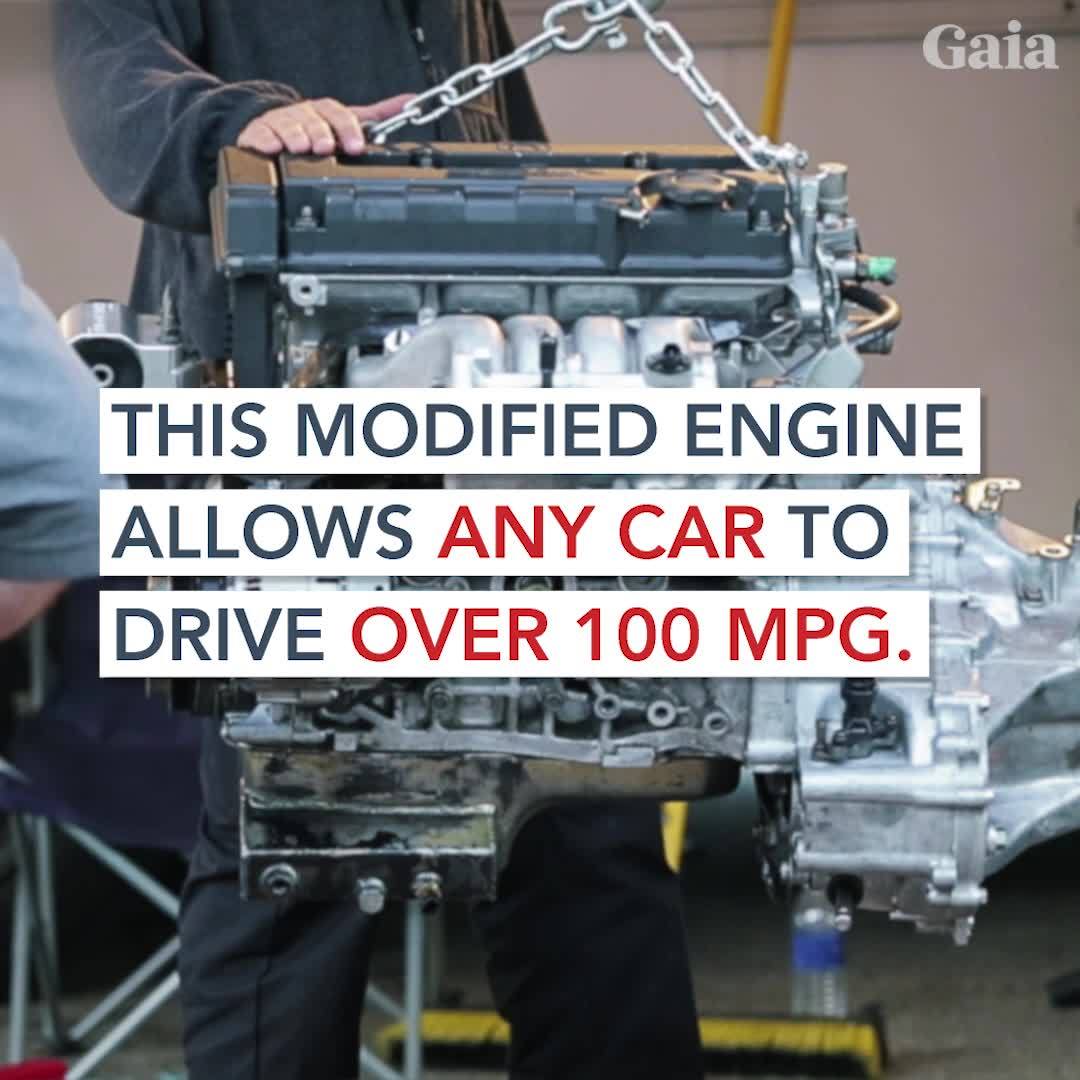
This modified engine was demonstrated to drive over 100 miles on a single gallon of gas. Why hasn’t this technology been further developed? Explore more forbidden science: http://ow.ly/BSI430hyNGN
Jan 5, 2018
Oxygen disappearing from world’s oceans, including Canada’s
Posted by Aleksandar Vukovic in categories: climatology, sustainability
All animals need to breathe oxygen and we know that regions of the ocean that are losing oxygen are becoming more and more common. We’re seeing the marine animals leaving those areas.
Almost two dozen marine scientists from around the world have issued a warning about an often-overlooked side effect of climate change and pollution.
In a paper published this week in Science, they say oxygen is disappearing from increasingly large areas of ocean and threatening marine life.
Continue reading “Oxygen disappearing from world’s oceans, including Canada’s” »
Jan 5, 2018
Driverless Hotel Rooms: The End of Uber, Airbnb and Human Landlords
Posted by Klaus Baldauf in categories: economics, robotics/AI
Screeech. You’ve landed. Time to relax those butt cheeks.
It was only this morning you booked this flight, and now you’re on the other side of the planet. Amazing. You’re nervous but excited to visit Australia for the first time. One week to explore the city and five weeks on a new design project. When that project match showed up in your feed you claimed it in two seconds. You’ve already earned 24,000 $design in the peerism economy.
Ping. “Need a room?”.
Continue reading “Driverless Hotel Rooms: The End of Uber, Airbnb and Human Landlords” »
Jan 5, 2018
Understanding Why the Thymus Shrinks With Age
Posted by Steve Hill in categories: biotech/medical, life extension
Today, we are going to take a look at a new study in which scientists at the Walter and Eliza Hall Institute of Medical Research have recently identified a type of cell that appears to be implied in thymic involution—the shrinking of the thymus[1].
Thymic involution is somewhat of a mystery in biology, a phenomenon that isn’t fully understood that happens to everyone with age and is a driving cause of immunosenescence, the age-related decline in our immune systems’ ability to fight disease. This new study helps to shed light on why it happens.
Jan 5, 2018
Proximity Tags Emit Radio Waves to Monitor Heart, Lungs, Blood Pressure
Posted by Roman Mednitzer in categories: biotech/medical, electronics
Contact-free measurement of vital signs is already a reality, but with a few important limitations some of which researchers at Cornell University may be able to overcome. Currently used devices typically require the patient to be in close proximity to the sensor, and they’re only able to measure the breathing and heart rates, along with body movement.
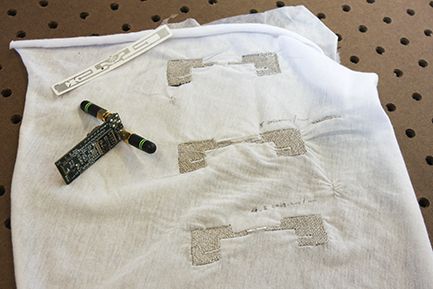
Technology developed at Cornell involves tags worn on clothing, or just placed near the patient, that emit radio waves toward the lungs and heart to measure their activity accurately, while allowing the patient to move around. Additionally, blood pressure may also be measured this way, but more work will be required to validate the technology.
Continue reading “Proximity Tags Emit Radio Waves to Monitor Heart, Lungs, Blood Pressure” »
Jan 5, 2018
The Link Between Cellular Senescence and Cellular Reprogramming
Posted by Steve Hill in category: biotech/medical
Today, we have a new paper that discusses how induced pluripotency and cellular senescence, two of several possible cellular states, share similarities[2]. It is likely no surprise that the two states are closely related and that some of the mechanisms for one process are shared by the other. It appears that certain key signaling molecules are important in determining both cell fate and senescence.
Controlling cell behavior in living animals
As our understanding of guiding cell fate grows rapidly by the passing year, it has huge implications for therapies that seek to control cellular activities and encourage certain types of cells to be created. Research is now starting to move beyond the petri dish and to where cells are being programmed in situ in living animals.
Continue reading “The Link Between Cellular Senescence and Cellular Reprogramming” »
